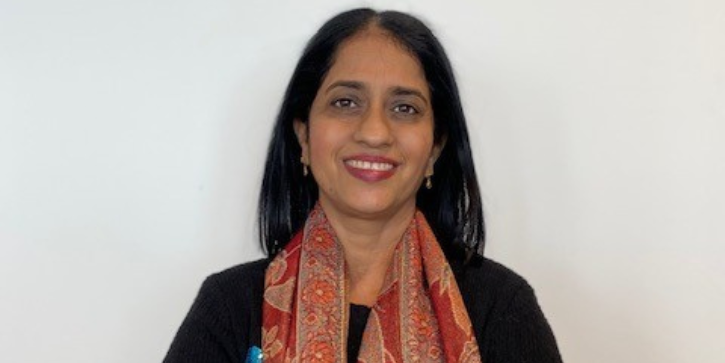
A new report on cultural diversity, entitled From Colour Blind to Race Conscious: A Roadmap to Action Diversity and Inclusion in Australian Philanthropy, indicates that the philanthropic sector can play a leading role in addressing issues of race, equity and inclusion. The research examines the extent of cultural diversity in the sector and the flow-on impact for the partners and communities that it works with.
The report was prepared by the Centre for Social Impact UNSW and Jumbunna Institute for Indigenous Education and Research UTS. It defines “cultural diversity” as broadly referring to culturally marginalised people and communities (including Aboriginal and Torres Strait Islander peoples) who are not from Anglo-western origins.
“In the research, we found that funders considered cultural diversity to be important, especially when it came to representation in boards and senior leadership team,” says Dr Meera Varadharajan, Research Fellow at the Centre for Social Impact and one of the authors of the report.
“However, this does not translate into practice and there are gaps when it comes to actioning diversity and inclusion. We would like to see the sector take that leadership role now to action more inclusion and diversity measures. The research provides some steps to do that.”
Sixteen actionable recommendations are set out in the report to create a roadmap to action diversity and inclusion in the philanthropic sector.
Recommendations focus on four key themes:
- Representation in board roles and beyond
- Partnerships
- Funding and visibility
- Questioning purpose, power and privilege.
There is scope, for example, for funders to expand representation so that people from diverse backgrounds are recruited to boards and senior leadership teams. “Australia’s diverse make-up and cultures should be reflected in all funder organisations, so that cultural diversity becomes the norm, rather than an ‘add-on’,” says Meera.
A lack of adequate representation in funder organisations acts as a disincentive for people from marginalised backgrounds and communities to apply for funding. Funding application processes can be made more accessible and inclusive. Funders can also initiate partnerships to get to know the communities they support. The report found that when action to improve cultural diversity is taken in consultation with people and communities, they are likely to yield far better results.
Meera adds that addressing issues such as unconscious biases and power imbalances can also bring about change within the funder organisation. “Funders strongly agreed there is a need for culturally diverse representation and they understand the value of it, so now it’s about setting up a framework to action this,” says Meera.
“The responsibility lies with the funders because they are the ones with the power, privilege, capacity and resources needed to make changes. The burden should not fall upon recipients who are already dealing with a lot of issues.”
Addressing cultural diversity is not unique to the philanthropic sector. A number of other sectors in Australia have also more to do on this issue. The difference is the opportunity that philanthropy has to be a leader in this space.
“Because the work of philanthropy touches upon and impacts other parts and sectors of society, leading this transformation will have a ripple effect on those other sectors too. Philanthropy can really shift the dial when it comes to actioning diversity and inclusion,” says Meera.
Philanthropy Australia encourages members and others in the sector to join our webinar, hosted by our CEO Jack Heath, ‘Exploring cultural diversity in philanthropy’ on 22 August. During the webinar, the report’s findings, recommendations and framework for action will be presented and discussed. The report will be published on our website afterwards.